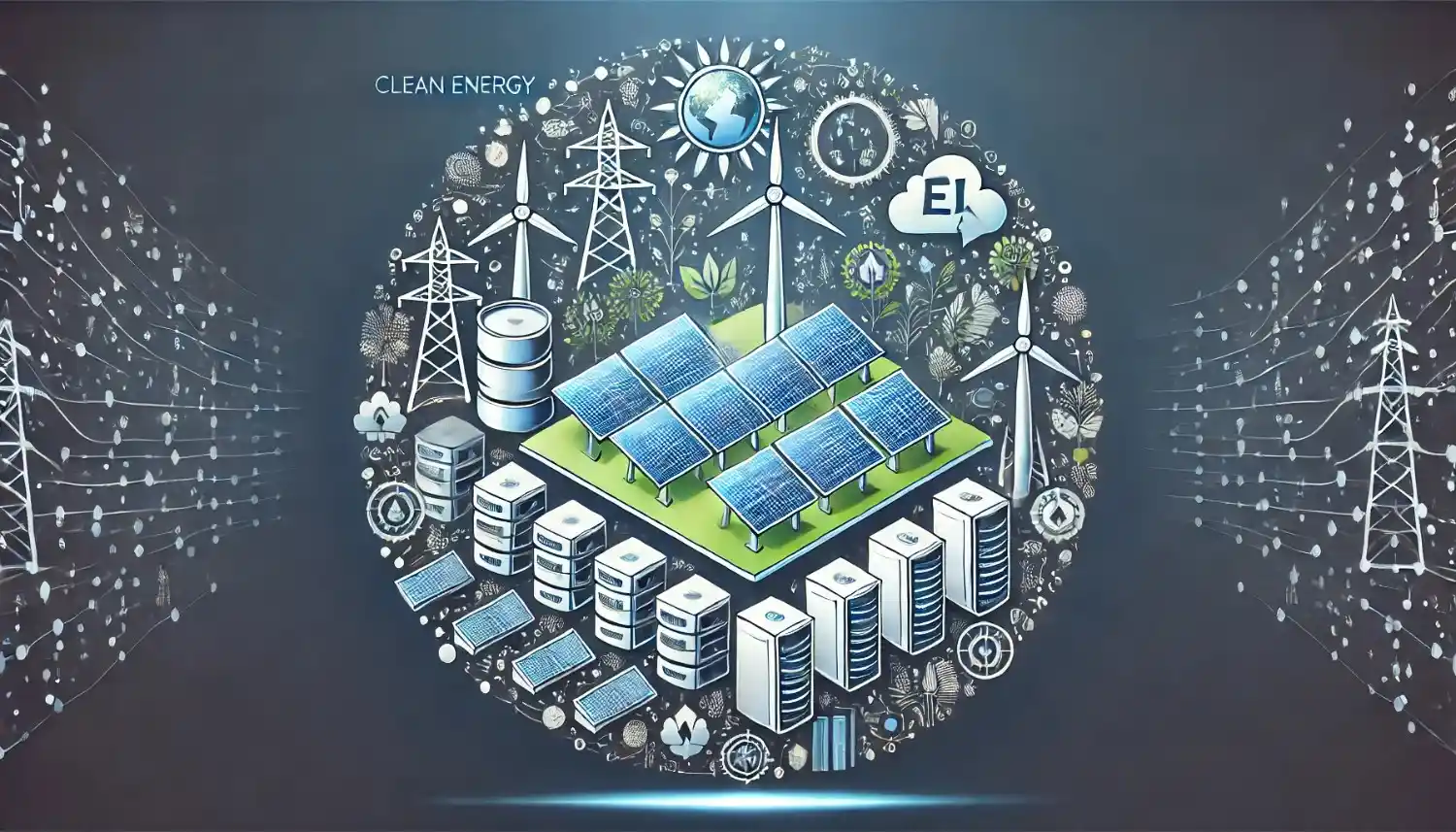As global demand for data centers grows, driven largely by the surge in generative AI applications, Nepal’s surplus clean energy—largely from hydropower and solar—presents a potential opportunity to host data centers. The country could market itself as a destination for AI infrastructure, tapping into its vast renewable energy resources.
In recent years, data centers have become significant drivers of electricity demand, but the limited availability of clean energy has hindered their expansion. Meanwhile, advances in artificial intelligence, such as deep neural networks and large language models like GPT-4 (OpenAI) and Claude (Anthropic), require substantial computing power, which in turn demands more energy.
AI’s exponential energy requirements are straining traditional power sources, with projections from Bloomberg Intelligence suggesting that data center electricity use could increase by 4-10 times by 2030 due to the rise of generative AI. Companies like Google and Microsoft are already consuming as much energy as entire countries, such as The Netherlands.
As big tech firms strive to meet their net-zero commitments by 2050, they are turning to renewable sources of power like wind, solar, and hydropower, as well as even investing in nuclear power. The increasing demand is leading companies to explore new geographies rich in clean energy.
Nepal, with its abundant clean energy, could capitalize on this trend by positioning itself as a destination for AI data centers. While the country’s current data infrastructure is underdeveloped, recent partnerships—such as one between the Chaudhary Group’s BLC Holdings and India’s Yotta Data Services—signal potential growth. This collaboration aims to build Nepal’s first supercloud data center in Ramkot, setting the stage for future investments.
In terms of power, Nepal is well-positioned to meet growing demands for AI services in the region. With ample clean energy, particularly from hydropower, Nepal could support data centers for AI model training and inference, serving not only its domestic needs but also regions like Northern India and Bangladesh. To match the IT services consumption of India, Nepal would require seven more data centers like the one planned for Ramkot, consuming around 30 MW of power.
However, to reach the per capita IT service levels of the United States, Nepal would need 1,500 MW of power dedicated to data centers. While this is unlikely to occur soon, Nepal could still position itself as a key player in providing AI infrastructure for the growing markets in the Ganges basin.
India, with its large capacity for data centers, has about 1,600 MW of infrastructure and is expected to see a 25-30% increase in computational power needs annually through 2030. Nepal, with its abundant clean energy, could potentially capture a share of this investment by developing its data center infrastructure, including fibre optic networks and IT parks.
A strategic investment in Nepal’s digital infrastructure, alongside improvements in connectivity (such as NTC’s XGPON network that delivers up to 10 Gbps downstream speed), could help position the country as a regional technology hub. This would also create jobs for the 15,000 IT professionals trained annually in Nepal.
For Nepal to fully realize this potential, the government must create a more favorable investment climate by relaxing regulations, allowing global firms and non-resident Nepalis to invest in the country’s digital infrastructure and technology ecosystem. This move would provide a crucial boost to Nepal’s ambitions to become a key player in the growing global AI market.















